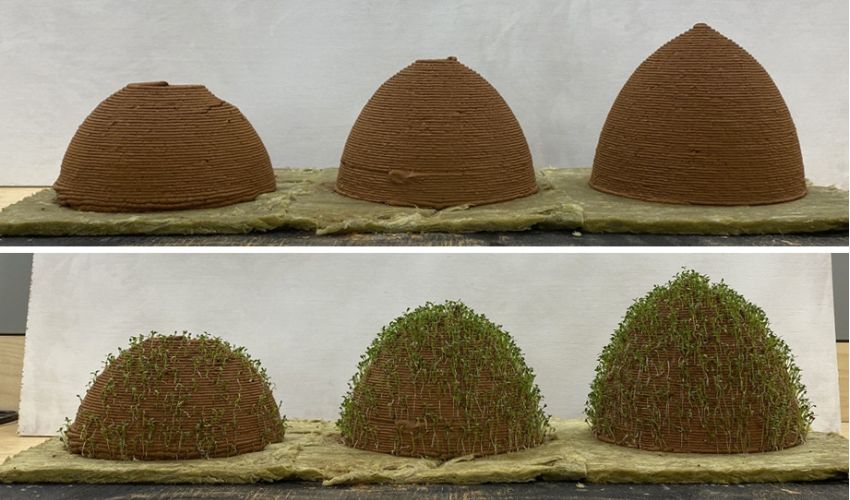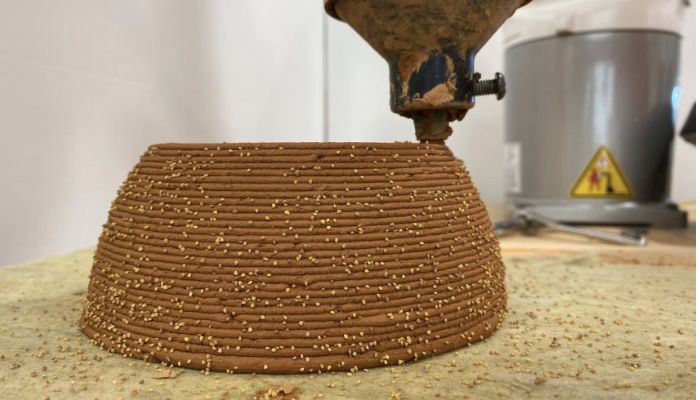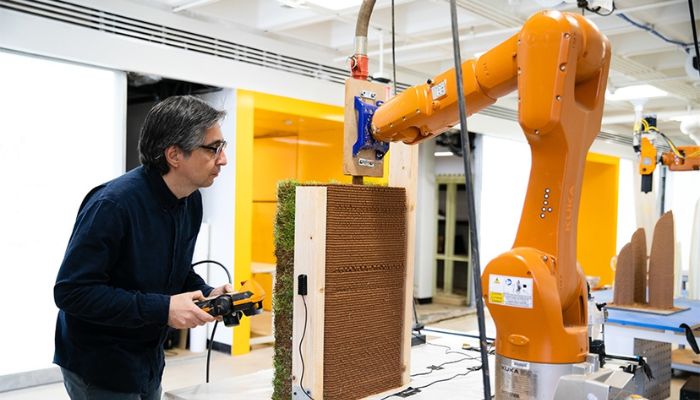
Concrete is the most common material used for 3D printing. However, this can lead to homes that are not well-insulated and have difficultly regulating interior temperatures. Concrete isn’t an environmentally friendly material. In 2019, the Guardian reported that concrete was responsible for 4.9% global production. CO₂ production. It is also a nonrenewable resource. Researchers at the University of Virginia tried an alternative method of 3D printing using soil-based ink.
Ji Ma, the assistant professor of materials science and engineering at UVA’s School of Engineering and Applied Science, collaborated with Ma forged a partnership with DAVID CARR, a research professor in UVA’s Department of Environmental Sciences, and EHSAN BAHARLOU, an assistant professor in UVA’s School of Architecture. Spencer Barnes, a recent University grad, also assisted in the project. The latter experimented with different soil-based ‘inks’, using two different methods: the first, alternating layers of soil and seed, and the second, mixing the two before printing. These techniques were used to create the cylindrical prototype.

The team created a soil ‘ink’ which can be extruded in FDM printing (Photo credit: Ehsan Baharlou).
Construction could benefit from the use of biomaterials sourced locally. The process can also be used to recycle any waste materials, creating a circular economy that is sustainable. Although 3D printing with soil may not be able to create entire houses or rooms, it is becoming more important that sustainability is considered. However, people might see soil as a viable and desirable option for housing.
Mixing seeds in the soil creates soil that begins to sprout within days. This is similar to the green buildings in Singapore. This offers obvious advantages: The plants absorb sunlight and reduce temperature. CO₂ These pollutants include lead, mercury, and other substances. They are also pleasing to the eye, far more so than simple soil, so can provide a long-term solution to unappealing architecture which has a marked negative effect on people’s moods.

Ehsan Basharlou’s focus is on materializing design. (Photo credit to Tom Daly).
More information can be found HERE. What do you think of soil-based 3D printing Would you want to live in a house made of this material? Let us know in a comment below or on our LinkedIn, FacebookAnd Twitter pages! Don’t forget to sign up for our free weekly Subscribe to our NewsletterGet the most recent news about 3D printing straight to your inbox All our videos can be found on our YouTube channel.
*Cover photo credits: E. Baharlou